Language is a critical piece to indexing identity. A person is often known to be from a particular sector of people by his/her language. Hawaiian—ʻŌlelo Kanaka or ʻŌlelo Hawaiʻi—is no different. The onset of proselytism in Hawaiʻi aimed to dismante our traditional ways, including our linguistic independance by stripping away our dialectal differences through the establishment of a single orthograhical system. Today, we seek to reestablish our independance, and language is a part of that. Hawaiian medium theatre, hanakeaka, has been a positive addition to the Hawaiian language revitalization movement.
A Glimpse of ʻŌlelo Kanaka
ʻŌlelo Kanaka is somewhat synonymous with ʻŌlelo Hawaiʻi. It differs in that Kanaka means person, and when used with ʻŌlelo, which means language, it refers to the language of the Indigenous people of the archipelago of Hawaiʻi. ʻŌlelo Kanaka does not geographically separate our people as ʻŌlelo Hawaiʻi does.
In the past, ʻŌlelo Kanaka may have had subtle dialectal differences based on geographical location. However, for the most part, it is believed that the language was mutually intelligible from district to district, island to island. Around 1820, a writing system for Hawaiian was established. This time period marks the onset of proselytism in Hawaiʻi, and missionaries and early converts wanted to translate the Bible into our language. Meanwhile, Hawaiian nobles realized that writing was a powerful technology, and they wanted it for Kānaka Maoli, Native Hawaiians. Soon thereafter, in 1834, the first Hawaiian newspaper was published, and Hawaiian literacy boomed; it is estimated that hundreds of thousands of pages of Hawaiian medium papers were published during the run of Hawaiian medium newpapers between 1834 and 1948. Really, though, it was not until the 1860s when newspapers such as Ka Hoku o ka Pakipika and Ka Hae Hawaii came along that we saw Kanaka Maoli voice come through.
Western contact with Kānaka Maoli and, subsequently, ʻŌlelo Kanaka had profound effects. Disease brought to Hawaiʻi decimated the population, which went from hundreds of thousands to about forty thousand in a little over a century. Then came the illegal overthrow of the Hawaiian monarchy. One major target of the insurgents was ‘Ōlelo Hawaiʻi: not only was it banned in schools in 1896, but corporal punishment methods were employed by teachers and administrators for children who spoke Hawaiian and letters were sent home to their families, insisting that the language was detrimental to their children’s wellbeing.
If terrorism is the act of instilling fear into a sector of people so that they do as the terrorists desire them to, then the official ban of ‘Ōlelo Kanaka in Hawaiʻi schools constitutes a form of terrorism, specifically linguistic terrorism. The illegally established provisional government willfully and knowingly sought to disenfranchise Kānaka Maoli by banning ʻŌlelo Kanaka. This disenfranchisement had long and profound effects, one of them being the abandonment of our indigenous language. By the time the mid-twentieth century rolled around, there were not many speakers of ʻŌlelo Kanaka left. Outside of Niʻihau, the last island where the people maintain their mother tongue through its exclusivity, there were few native speakers remaining. Most of these people were taught by their grandparents to carry on our language. I am not sure how many of those speakers remain today, if any at all.
Hanakeaka is where chants come to life, where narrative weaves moʻokūʻauhau (genealogies or abridged histories), where political commentary is made.
In the late 1960s, early 1970s, our Kanaka Maoli community found a sense of urgency to revitalize ʻŌlelo Kanaka. The renowned father of the ʻŌlelo Kanaka movement, Professor Larry Kimura, started Ka Leo Hawaiʻi—a Hawaiian language radio program that primarily featured native speakers of Hawaiian discussing a variety of topics. The next big step was the creation of the ʻAha Pūnana Leo (ʻAPL) in 1983—a non-profit organization that was established to “drive and inspire change to ensure a living Hawaiian language in Hawaiʻi and beyond”—the first ʻŌlelo Kanaka preschool in 1984, and, not long after, the first Hawaiian immersion school.
This created the need for university programs and degrees in ʻŌlelo Kanaka. The University of Hawaiʻi at Mānoa established its bachelor’s degree in 1976 and the Hilo campus followed thereafter. Both Mānoa and Hilo now offer master’s degrees in Hawaiian. The Hilo campus also offers a philosophical doctorate degree in Indigenous studies, focused primarily on language revitalization. These are some of the initiatives that propelled ʻŌlelo Kanaka to where it is today. Without them, ʻŌlelo Kanaka would more than likely not be a spoken language anymore, especially outside of the Niʻihau community.
Hanakeaka – ʻŌlelo Kanaka Takes the Stage
Part of the puzzle that is revitalizing ʻŌlelo Kanaka is hanakeaka, a modern theatrical practice that stages dramatic pieces in the language. However, it is far more than simply entertainment. Hanakeaka is where chants come to life, where narrative weaves moʻokūʻauhau (genealogies or abridged histories), where political commentary is made, where belief systems are emulated and subsequently shaped, where legends are reenacted, and where history is woven into the fabric of life.


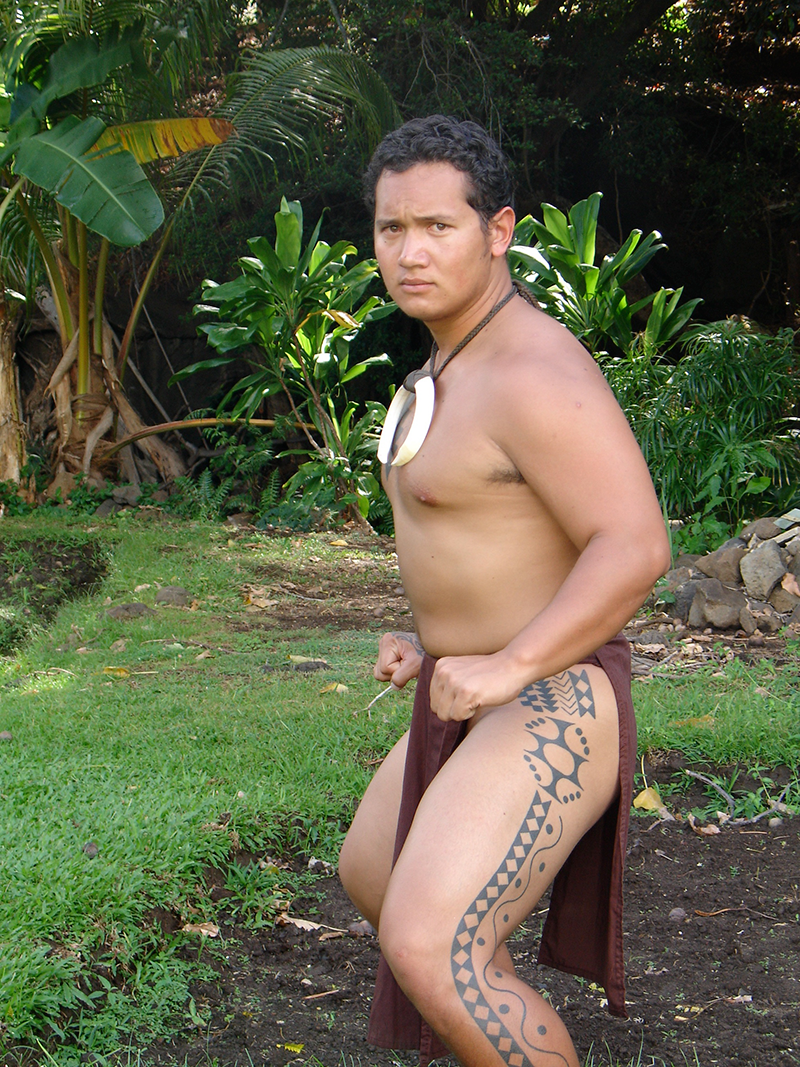
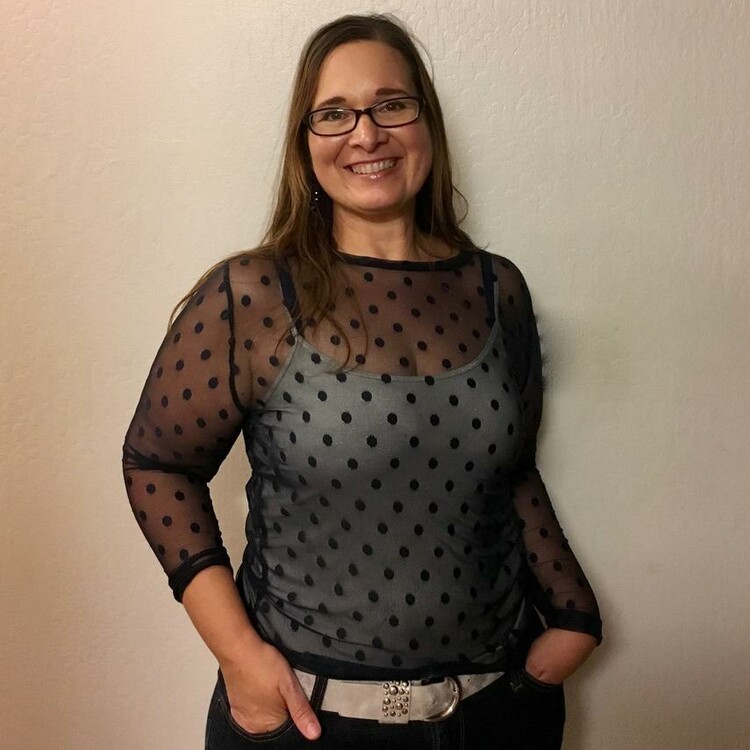
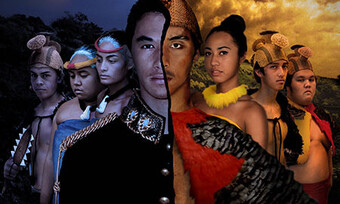

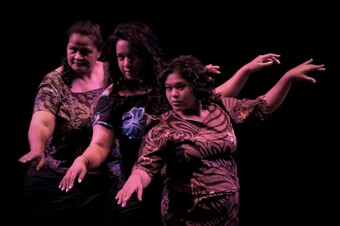

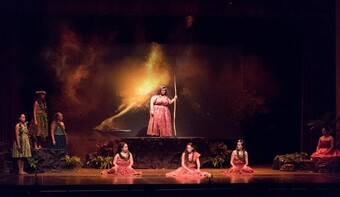

Comments
The article is just the start of the conversation—we want to know what you think about this subject, too! HowlRound is a space for knowledge-sharing, and we welcome spirited, thoughtful, and on-topic dialogue. Find our full comments policy here